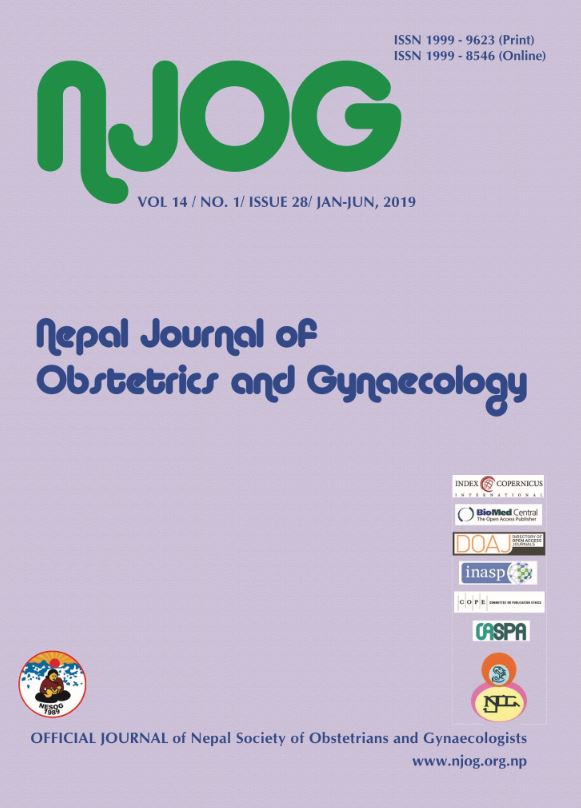Genital fistula: Successes, challenges, and way forward in a facility specialization in fistula management in Bangladesh
Abstract
Aims: To explore the prevalence, types of genital fistulas as well as their success, challenges, and way forward on genital fistula in Bangladesh.
Methods: Between October 2017 and September 2018, Hope Hospital identified a total number of 101 genital fistula cases though a community network system in Cox’s Bazar. For each of the patients, detailed case histories and clinical management reports documented, and the data were interpreted using descriptive analysis.
Results: Out of 101 genital fistula cases admitted to the facility, 95.3% (n=96) of cases were obstetric; three cases iatrogenic, and one each traumatic and congenital. The median age of the women was 28 years (range: 18 -73) and the median duration of two years (range: 1 month-53 years). Most of the cases had urinary incontinence (86.1 %, n=85) and 12 and two cases were fecal and mixed type respectively. Vesicovaginal fistula (VVF) repair was performed in most of the cases (78.2%, n=79) while 21.8% (n=22) received recto vaginal fistula (RVF) repair. 90% (n=91) were discharged without complication. The median duration of hospital stay was 16 days (range: 4 -29). The success rate was 86.1% (n=85), and 16 cases advised for repeat surgery. Pre-and post-surgery counselling was provided without rehabilitation or reintegration support.
Conclusions: Facility data in a particular geographic location represents high prevalence of obstetric fistula and lacks rehabilitation and social reintegration support. Further study is essential to draw a complete geographical map for genital fistula in Bangladesh.
Keywords: genital fistula, management, rehabilitation, Bangladesh
Downloads
Downloads
Published
How to Cite
Issue
Section
License
Copyright on any research article in the Nepal Journal of Obstetrics and Gynaecology is retained by the author(s).
The authors grant the Nepal Journal of Obstetrics and Gynaecology a license to publish the article and identify itself as the original publisher.
Articles in the Nepal Journal of Obstetrics and Gynaecology are Open Access articles published under the Creative Commons CC BY-NC License (https://creativecommons.org/licenses/by-nc/4.0/)
This license permits use, distribution and reproduction in any medium, provided the original work is properly cited, and it is not used for commercial purposes.



